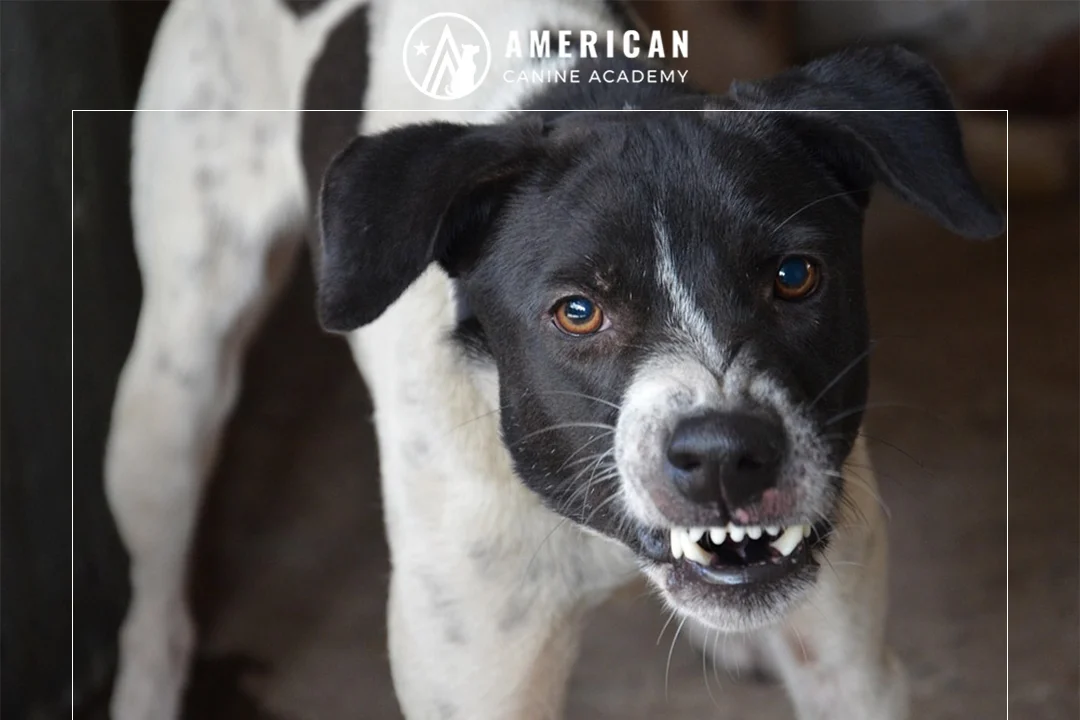Best Ways to Correct Aggressive Behavior in Dogs
Aggression in dogs is one of the most challenging behaviors for pet owners to manage. Aggressive behavior like growling, snapping, or full-blown biting is dangerous and can also erode the bond between you and your canine companion. With patience, consistency, and the right techniques, aggressive behavior can often be corrected or significantly reduced. There are a lot of dogs in Denver, and getting along with them sometimes means getting professional dog training in Denver. Focusing on the different type of canine aggression, causes, and compassionate strategies to address it can work wonders on your dog’s attitude.
Understanding Aggression in Dogs
Taking a look at what aggression is and why it occurs with your dog can really help point at the right methods to correct that behavior. A lot of aggression can be fear-based, as dogs may lash out when they feel threatened or cornered – even if no real threat exists. Fear can also cause dogs to defend its space, and this is territorial aggression. It also occurs if the animal feels it has to protect people from perceived intruders. This can also be considered protective aggression, if the dog wants to protect a member of their “pack.”
Possessive aggression is also called resource guarding, and it’s when the dog may growl or snap to guard food, toys, or other valued objects. This can happen particularly if any of those resources were scarce for a period of time for the animal. Social aggression happens between dogs or is directed toward people during interactions involving dominance or hierarchy. Dogs can also redirect their aggression if they can’t reach the source of their frustration by turning that aggression elsewhere. And, of course, dogs can have the natural reaction of aggression when the dog gets injured or is uncomfortable.
Causes Behind Aggressive Behavior
There are a number of reasons that can cause dogs to become aggressive. Sadly, one of the main causes is past trauma or abuse. This causes them to become fearful and can take time for them to grow out of.
Lack of Socialization at an early age is also a common cause of aggression, particularly against other dogs. It is of critical importance that young dogs (puppies) are exposed to new people, new places, and new experiences on a regular basis in order for them to continue to have a positive outlook on environmental and social experiences.
Inconsistent training can cause sporadic and unpredictable periods of aggression, as will situations that cause fear or anxiety. Be mindful of any environmental stressors for your pet, and understand if their breed also has a genetic predisposition for aggressive behavior.
Signs of Aggression in Dogs
Aggression doesn’t always begin with a bite. Understanding the early warning signs can help prevent escalations. Common ways dogs show that aggressive reactions might be underneath the surface are growling, snarling, or showing their teeth. These are clear warning signs that something is bothering them. Also look for stiff body posture or raised hackles, or prolonged staring at a particular subject. Physically, dogs will also lunge at potential threats, but they will also snap or bite, as well. It’s essential to recognize and not ignore these signals. These are your dog’s way of saying that they are uncomfortable.
Rule Out Medical Issues First
If your dog is showing aggression, it can sometimes be a symptom of illness or pain. Just like people get crabby or irritable when they’re in discomfort, dogs feel the same way. Common medical conditions in dogs that can cause discomfort are arthritis or joint pain. Hypothyroidism is also common, and there could be signs of brain tumors or other neurological disorders. Your dog may experience discomfort due to dental disease, or even with vision or hearing loss as they age. Schedule a full veterinary exam before making any behavioral assumptions.
Avoid Punishment-Based Training
Punishing aggression by your dog with aggression from you will almost always backfire. Avoid physical and social punishment, as well as irresponsible use of training tools. This may stop the behavior temporarily, but it can worsen fear within the animal and increase their long-term aggression. Use proven training techniques like positive reinforcement, as well as balanced training methods taught by an experienced professional to reward desirable behavior, and extinguish problem behaviors, while building trust.
Work with Professionals
Behavioral problems that involve aggression require specialized help. Look for a professional with extensive experience in this field. These experts can assess the behavior, determine its cause, and develop a customized training plan. Obedience training teaches commands that redirect your dog’s focus and reinforce control. Professionals may also use desensitization, which is gradual exposure to the trigger in a controlled, non-threatening way. Counter-conditioning is changing your dog’s emotional response by pairing the trigger with positive experiences.
Desensitization and counter-conditioning are often looked at as the gold standard for behavior modification. These techniques take time and patience, but are extremely effective. For example, if your dog is aggressive around strangers, you might start by having the stranger stand far away – at a distance where your dog doesn’t react. Pair the stranger’s presence with high-value treats, and gradually reduce the distance as your dog remains calm. Over time, your dog will associate strangers with positive outcomes.
Establish Clear Boundaries & Structure
Dogs thrive on consistency and routine. Unclear expectations can contribute to their anxiety and lead to aggression. Make sure you set rules and stick to them by using consistent commands and reward systems. Avoid confusing your dog with mixed signals. For example, don’t let them jump on the furniture sometimes and scold them for doing the same thing at other times. Create a predictable daily routine for meals, walks, and playtime. This structured environment will build trust and reduce stress.
Socialization with Your World Is Crucial
Proper socialization is exposing your dog to a variety of people, dogs, environments, and other stimuli. This is a crucial part of diminishing aggression in your dog, but for dogs that are already aggressive, this socialization must be gradual and controlled. When entering neutral areas, always use leashed introductions and try to keep interactions short and positive. Monitor your dog’s body language closely and always end interactions on a good note – before that stress builds to uncomfortable levels. Never force interactions. Your goal is to build positive associations, not overwhelm your dog.
Manage the Environment
When you’re working on behavior modification, prevent opportunities for aggressive outbursts. Use dog gates or crates in your home to create safe spaces. Keep your dog on a leash in public or even in your home, if needed. Use a basket muzzle during walks or vet visits for safety. When properly introduced, muzzles are not cruel. Talk to your vet on the proper methods. Remove triggers whenever possible – like keeping your dog indoors during high-traffic times. Management isn’t a substitute for training, but it’s a necessary tool for safety and can certainly help the training process.
Train Calm Behaviors & Use Mental and Physical Enrichment
Train your dog to offer calm, desirable behaviors as alternatives to aggression. Teach cues like “Look at me”, “Sit” or “Down” on command, or “Stay” and “Leave it” during distractions. Use the “Place” command to get your dog to lie on their Place Bed. Be sure to reward these behaviors generously, especially when your dog chooses them over reacting to a situation with aggression.
A bored dog is also more likely to develop behavioral issues. Aggressive behavior can sometimes stem from frustration and under-stimulation. Physically, engage in some interactive play like fetch or tug-of-war. You can also take your dog on scent walks or nature hikes. Engage in training sessions that challenge your dog’s brain or offer them puzzle feeders and treat-dispensing toys. When your dog’s mind and body are engaged, there is less room for unwanted behaviors.
Monitor Your Progress
Behavior modification isn’t linear. You’ll likely see ups and downs so keep a record of your dog’s behaviors in order to discover patterns. Take note of things that trigger your dog’s aggression, and the reactions he/she makes to those specific triggers. Also keep track of their improvements. Take note of what works and what doesn’t, but be sure to celebrate even small wins. If your current approach isn’t working, consult your trainer or reassess your methods.
What NOT to Do
To ensure success and safety, avoid these common mistakes. Don’t ignore the problem, hoping it will go away almost always makes it worse. Don’t punish aggression with more aggression from you. Don’t force interactions with other people or animals, let your dog move at his/her own pace. Be careful with medication. Behavior meds may help but they must be part of a broader plan. Most importantly, don’t give up too soon. Changes take time, especially with deeply-rooted behaviors.
Can Aggression Be Cured?
In many cases, aggressive behavior can be significantly improved or eliminated. Some dogs may never be 100 percent “safe” in every single situation, but with proper management and training, they can live happy, peaceful lives. Success depends on the cause of the aggression, as well as the dog’s history and temperament. It also relies heavily on the owner’s commitment and consistency.
Use appropriate, humane training methods and intervene against those aggressive behaviors early. Even dogs with severe issues can improve with the right help. For more information on how to deal with your dog’s aggression, reach out to the experts at American Canine Academy today.






COMMENTS